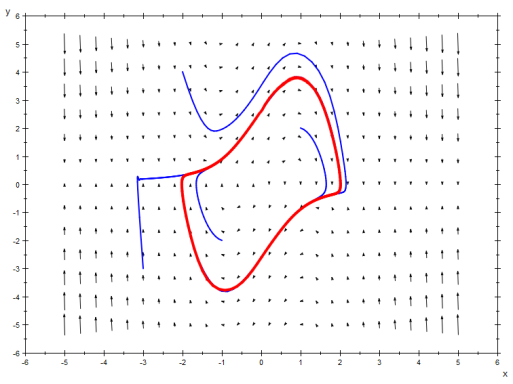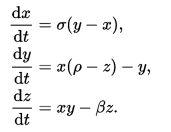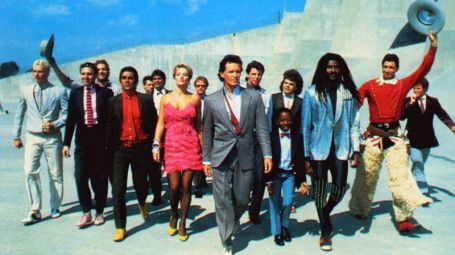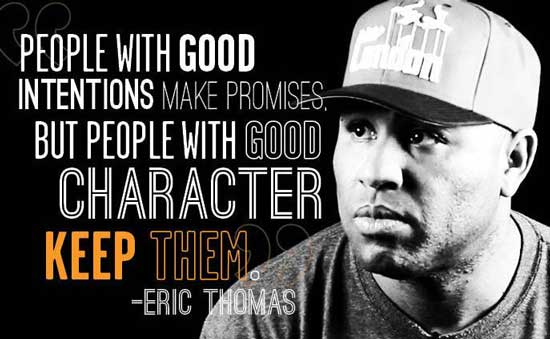Back at the end of July, I made a post discussing a new workout plan I was starting. I had originally planned to review it immediately after the first “cycle,” but I decided to wait until the close of the second pass through to do a review.
The Routine
There are seven exercises that make up the three-day-a-week routine: squats, bench press, bent over rows, overhead press, straight-legged deadlifts, curls, and calf raises. Before starting the plan, you go into the gym and figure out about how much weight you can comfortably do eight repetitions of each exercise with. That will be your max weight for the first day of the first week (heavy day), of which you will do two working sets. For the first three exercises, you add in two warmup sets, the first with 1/4 of the working set weight, and the second with 1/2 of the working set weight. The table below shows my first day’s routine:
| Exercise | Warmup 1 | Warmup 2 | Working Sets |
| Squats | 35 | 70 | 140 |
| Bench Press | 45 | 90 | 180 |
| Bent Over Rows | 30 | 60 | 120 |
| Overhead Press | N/A | N/A | 70 |
| Straight-legged Deadlifts | N/A | N/A | 135 |
| Curls | N/A | N/A | 65 |
| Calf Raises | N/A | N/A | 70 |
For the following two days of AllPro, Wednesday and Friday, you decrease the load to 90% for Wednesday, and 80% for Friday.
The number of reps to get in is a five-week cycle. Week 1 you perform eight reps in each set, Week 2 nine reps, and so on, until at Week 5 you are doing twelve reps in each set.
At the end of each cycle, you increase the heavy day weights by 10%, and repeat the whole process.
You do not have to do these exact exercises with an Olympic bar. You can sub in Smith machine or dumbbells if necessary. That’s exactly what I had to do at Snap.

It’s a gym. Mostly.
Results
Since there are changes to both reps and weights across this time, the most useful metric for comparison is looking at the one rep max (1RM, see here for the calculator) and the improvement. Note that there appear to be some inconsistencies, but that is primarily due to rounding up or down to make the “plate math” easy.
| Exercise | Start | Finish |
| Squats | 175 | 220 |
| Bench Press | 225 | 286 |
| Bent Over Rows | 144 | 179 |
| Overhead Press | 88 | 114 |
| Straight-legged Deadlifts | 169 | 214 |
| Curls | 81 | 107 |
| Calf Raises | 88 | 107 |
Overall, I am satisfied with the strength progress to date. Other than the strength increases, the size gains are nice. In only a few short months, I am noticeably bigger. Nothing huge, but my shirts and jeans fit more tightly. It’s excellent motivation to keep on going with this routine…at least until I need to buy new clothes.
What I Like
First off, I think the balance of this plan is excellent:
- Squats – Quads, Gluteus Maximus, Abductor, Hamstrings, Erector Spinae, Obliques and Rectus Abdominals
- Bench Press – Pectorals, Triceps and Shoulders
- Bent Over Row – Back, Glutes, Hamstrings, Biceps
- Overhead Press – Shoulders, Triceps
- SLDL – Lower Back, Glutes, Hamstrings, Rhomboid, Lats, Quads, Ab’s and Obliques
- Barbell Curls – Biceps
- Calf raises – Calves
When I get home, I feel like I’ve done a great job at hitting everything important. Next, I find that the psychological profile of the plan makes it easy to keep going. The progress from heavy day to light day forces you to go, questioning your manhood the whole way. “What? You don’t wanna go? It’s LIGHT DAY. Can’t handle a LIGHT DAY, you big sissy? You just did 10% more two days ago.” In the same manner, after that light day, you get two days off before you only add in one single rep for each exercise. Also, after you complete a cycle, the beginning of the next is a psychological win as you’re lifting heavier weights, but from the perspective of 1RM you’re actually in a deload phase by virtue of lifting for fewer reps.
There are even options for making up missed days: if you miss a medium day, you simply replace the light day with another heavy day. If you miss a light day, you just skip it. Miss a heavy day and Mark Rippetoe will find you and give you a stern talking to.
What I Don’t Like
My gripes with this plan are minimal and normal for most routines:
- ‘Missing’ exercises – as in, “I miss doing them.” I really enjoy standard deadlifts and tricep pull downs, but this plan hits those same muscles pretty hard without them.
- No variety – this is a double-edged sword of the AllPro workout. It’s nice that you don’t have to think or plan at all for the next several months (which makes it great for establishing a routine), but sometimes you just want to throw in some flys or lat pull downs.
- Unsustainable rates – this workout cannot be continued ad infinitum at the rate of 10% increase per cycle. You will eventually plateau. This is not a big deal, as this is billed as a beginner/intermediate workout.
- No method for balancing poorly performing exercises. You’ll notice in my results that my lower body is kinda crap compared to my upper body. AllPro provides no direct method for working that out.
That’s it.
Moving Forward
I plan on continuing the AllPro workout straight until I stall out. I’m satisfied with my progress physically and aesthetically, and it is a piece of cake to lock into the routine. I am thinking of working in some minor leg exercises to try to improve my lower body performance, but I’ll generally stick to this plan. Once I plateau (hopefully not until late next year), I’ll switch to a 5×5 plan like this one: Bill Star 5×5. Double thanks to user AllPro on the BB forums for this excellent plan! That’s all for now!
Note:
The clever among you will notice that the time between 7/23 and 11/11 is not ten weeks. Right around the end of the first cycle, I had a minor back sprain to deal with and I took a small vacation. ‘Twas just life!





